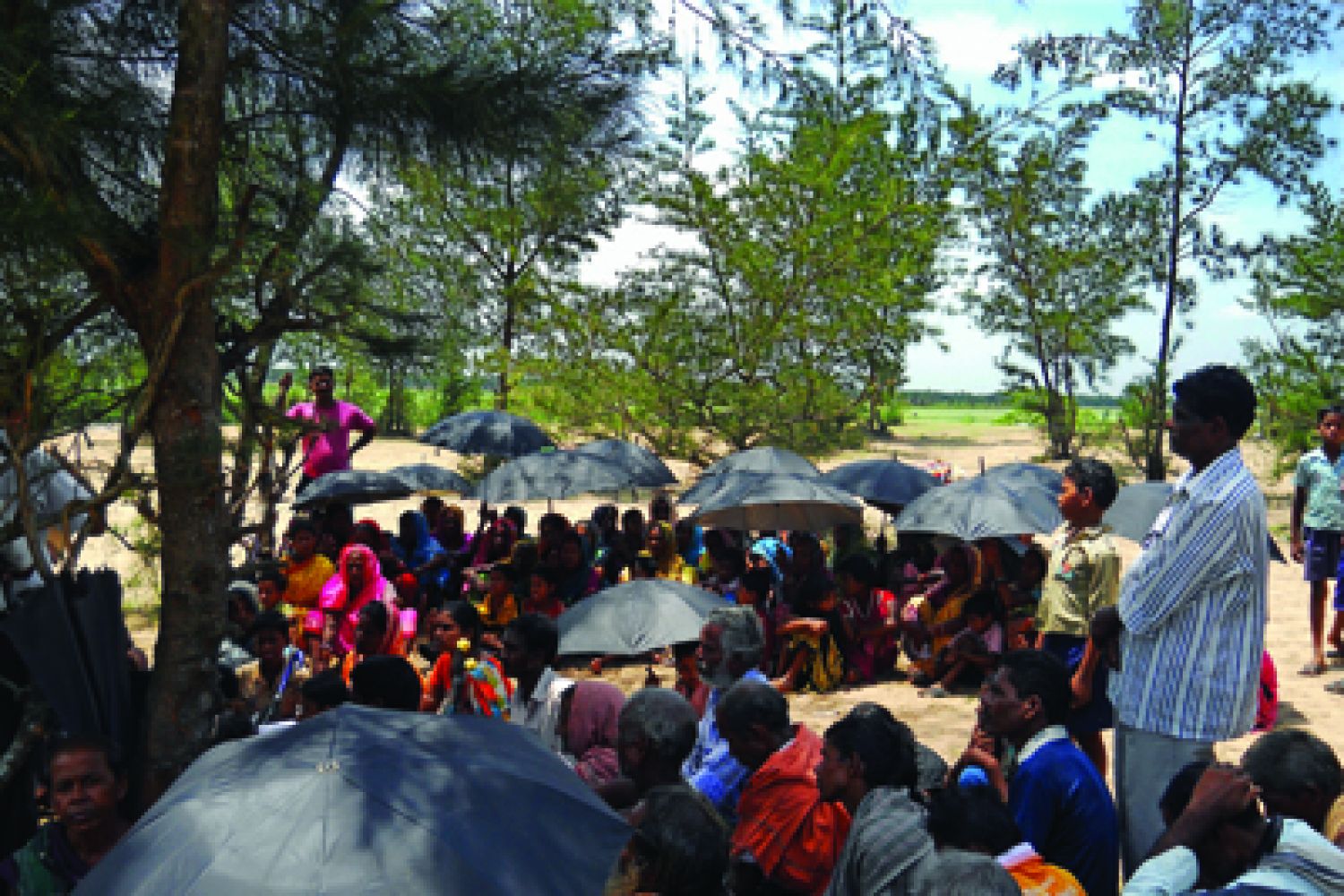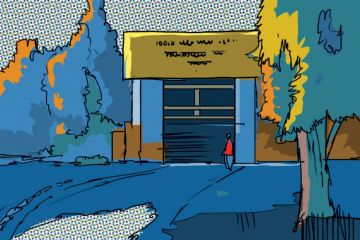
Divine violence,
which is the sign and the seal but never the means of sacred execution, may be
called sovereign violence. — Walter Benjamin, 1921.
Clad in her Odiya-style
sari, Gitanjali Das is sitting on the verandah of the only temple in Patana
village. She is outwardly calm but there’s no doubt she’s worried. She is 65,
owns some 10 cows, and paddy fields, but lives alone. There’s no one to take
care of her. Her only son works as a temple priest in Cuttack and makes a
little





